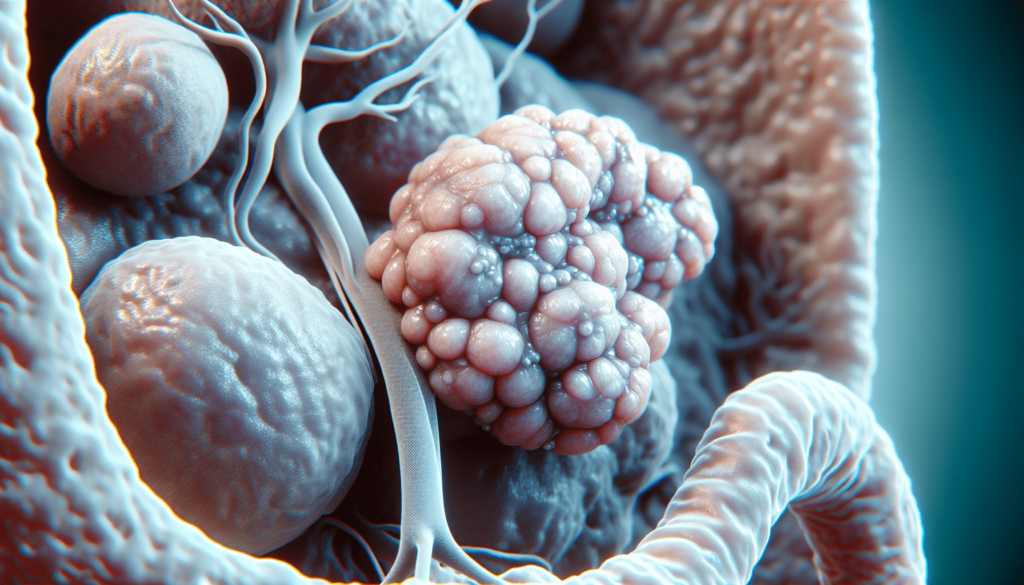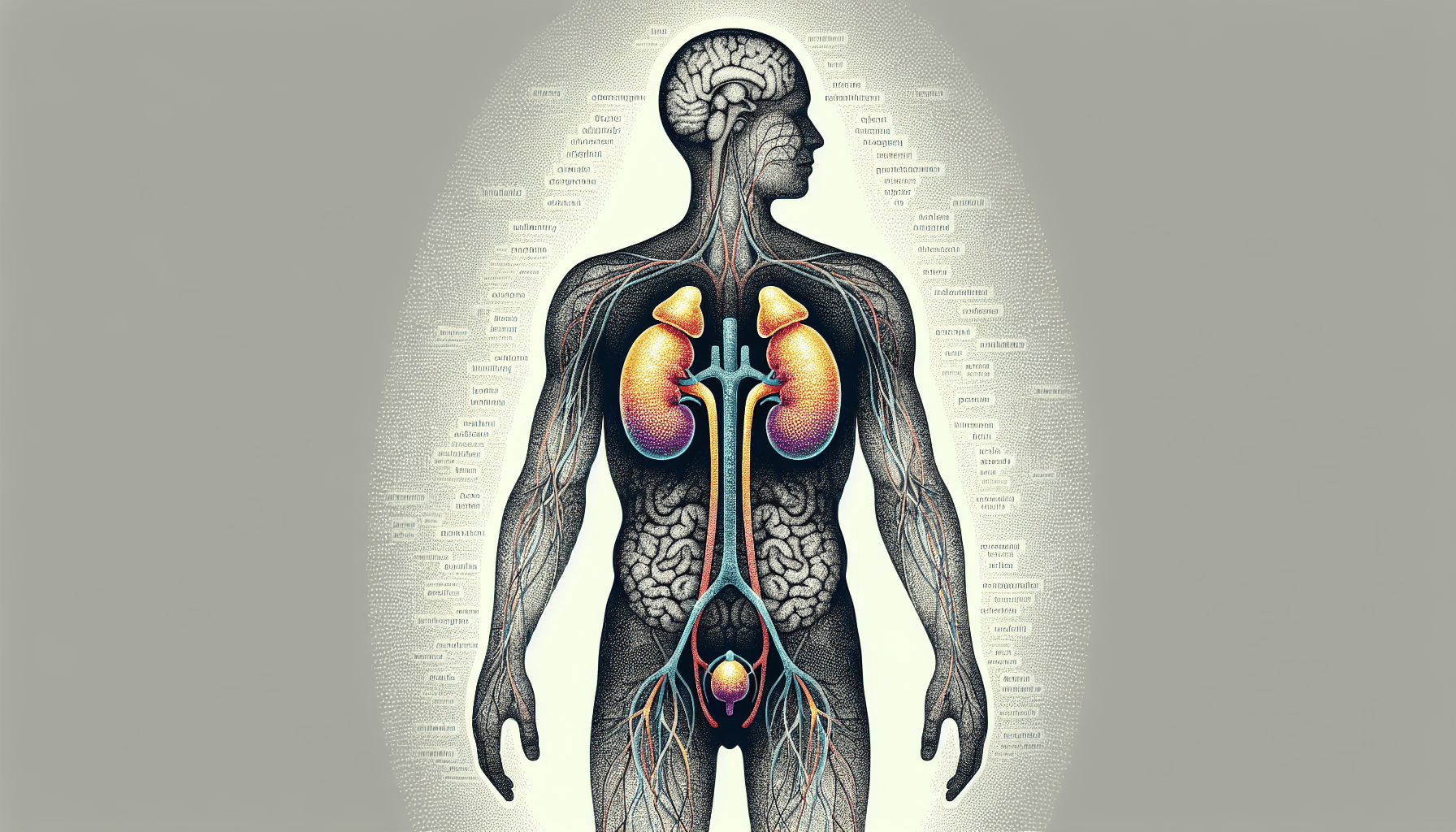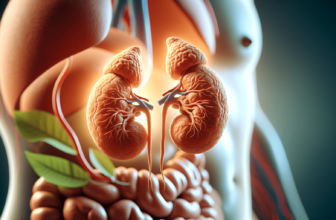
Have you ever heard about pheochromocytomas? These peculiar tumors are not your everyday health topic, but they play an important role in understanding certain medical conditions. Let’s unpack what pheochromocytomas are, including their causes, symptoms, diagnosis, and treatment options, so you can better understand their impact on health.

Understanding Pheochromocytomas
Pheochromocytomas are rare tumors that arise from the adrenal glands, specifically from the chromaffin cells which produce catecholamines. These hormones, including adrenaline and noradrenaline, are crucial for regulating your body’s response to stress. When these tumors develop, they can cause excessive hormone production, leading to various health issues.
The Adrenal Glands and Their Functions
Before we dive deeper, it’s helpful to know a bit about the adrenal glands. Located on top of each kidney, these small, triangular-shaped glands are responsible for producing several hormones that are essential for various bodily functions, including:
- Cortisol: Helps regulate metabolism and immune response.
- Aldosterone: Maintains blood pressure by controlling sodium and potassium levels.
- Adrenaline (Epinephrine): Triggers the body’s fight-or-flight response during stressful situations.
Understanding how these hormones work will help you appreciate the significance of pheochromocytomas.
Types of Pheochromocytomas
Pheochromocytomas fall into two primary categories, based on their genetic context and characteristics.
1. Sporadic Pheochromocytomas
These are the most common type, occurring without a known hereditary component. They can develop in anyone and usually present with typical symptoms that we’ll discuss later.
2. Hereditary Pheochromocytomas
These tumors occur as part of genetic syndromes. If you have a family history of conditions like Multiple Endocrine Neoplasia (MEN) syndrome, Von Hippel-Lindau disease, or Neurofibromatosis type 1, you might be at a higher risk for developing pheochromocytomas.
Summary of Types
| Type | Origin | Genetic Component |
|---|---|---|
| Sporadic | Occurs randomly | None |
| Hereditary | Part of genetic syndromes | Yes |
Causes of Pheochromocytomas
While the precise cause of pheochromocytomas remains unknown, several factors can contribute to their development.
Genetic Mutations
If you have a hereditary form, mutations in specific genes can lead to the development of these tumors. Certain genes, like RET, VHL, NF1, and SDHx, are associated with familial pheochromocytomas.
Other Risk Factors
Certain lifestyle factors and medical conditions can increase your risk of pheochromocytomas.
- Age: While these tumors can develop at any age, they are more commonly diagnosed in individuals aged 30-50.
- Family History: If you have a family member with a genetic syndrome related to pheochromocytomas, your risk is higher.
Symptoms of Pheochromocytomas
Recognizing the symptoms is crucial for an early diagnosis. The symptoms arise mainly from the overproduction of catecholamines.
Common Symptoms
-
Severe Headaches: These headaches can be sudden and intense, often described as a throbbing pain.
-
Sweating: Excessive sweating, particularly during stress or without a clear reason, is a frequent symptom.
-
Rapid Heart Rate (Tachycardia): You might experience a racing heart, even at rest.
-
High Blood Pressure (Hypertension): Episodes of very high blood pressure can occur and may be periodic.
-
Pallor: Some individuals notice paleness or a clammy skin texture.
-
Anxiety or Panic Attacks: You may feel anxious or experience panic attacks linked to surges of stress hormones.
Summary of Symptoms
| Symptom | Description |
|---|---|
| Severe Headaches | Intense throbbing pain that occurs suddenly |
| Excessive Sweating | Increased perspiration without a clear cause |
| Rapid Heart Rate | Noticeably fast heartbeat, even when resting |
| High Blood Pressure | Frequently elevated blood pressure |
| Pallor | Paleness of the skin |
| Anxiety | Feelings of anxiety or panic attacks |
Diagnosing Pheochromocytomas
If your healthcare provider suspects a pheochromocytoma based on your symptoms, several tests can help confirm the diagnosis.
1. Blood and Urine Tests
Doctors typically begin with blood and urine tests to measure catecholamine levels. Elevated levels can indicate the presence of a pheochromocytoma.
2. Imaging Studies
If the initial tests suggest a pheochromocytoma, imaging tests such as CT scans or MRIs may be utilized. These scans help locate the tumor within the adrenal glands.
3. Genetic Testing
If there’s a suspicion of a hereditary condition, genetic testing might be considered to identify mutations associated with pheochromocytomas.
Summary of Diagnostic Methods
| Diagnostic Method | Purpose |
|---|---|
| Blood Tests | Measure catecholamine levels |
| Urine Tests | Assess catecholamine metabolites |
| CT Scan / MRI | Locate the tumor |
| Genetic Testing | Identify potential hereditary risk factors |
Treatment Options for Pheochromocytomas
Once diagnosed, treatment for pheochromocytomas typically focuses on managing the tumor and its symptoms. The approach often depends on the tumor’s size, location, and whether it’s causing significant health issues.
1. Surgical Removal
Surgery is the primary treatment option for pheochromocytomas. Removing the tumor usually resolves symptoms and normalizes hormone levels.
- Laparoscopic Surgery: This is a minimally invasive approach where small incisions are made, offering quicker recovery.
- Open Surgery: In some cases, a traditional open surgical technique might be required for larger or more complex tumors.
2. Medication Management
In some cases, especially before surgery, medications may be necessary to control symptoms like high blood pressure or heart rate. Both alpha-adrenergic blockers and beta blockers are commonly used to manage these issues.
3. Follow-Up Care
Regular follow-ups are essential post-treatment. Monitoring for any recurrence of the tumor or developing additional tumors in hereditary cases is crucial.
Summary of Treatment Options
| Treatment Option | Description |
|---|---|
| Surgical Removal | Primary treatment through laparoscopic/open surgery |
| Medication Management | Control of symptoms prior to surgery |
| Follow-Up Care | Regular monitoring post-treatment |
Living With Pheochromocytomas
Coping with pheochromocytomas can be challenging but understanding more about the condition can empower you.
Lifestyle Adjustments
Adopting a healthy lifestyle can help manage symptoms effectively. This includes:
- Regular Exercise: Engaging in moderate physical activity can improve cardiovascular health.
- Healthy Diet: A balanced diet rich in fruits, vegetables, and whole grains will support overall health.
- Stress Management: Techniques such as mindfulness, yoga, or meditation can help regulate stress hormones.
Emotional Support
Having emotional support from family and friends can make a significant difference. Consider joining support groups where you can share your experience and learn from others in similar situations.
Summary of Living Adjustments
| Adjustment | Description |
|---|---|
| Regular Exercise | Physical activity to maintain cardiovascular health |
| Healthy Diet | Nutrition-focused meals to support overall health |
| Stress Management | Mindfulness and relaxation techniques |
Prognosis and Survival Rates
The prognosis for individuals with pheochromocytomas varies based on factors like tumor size, whether it has spread, and the speed of diagnosis and treatment.
Survival Rates
Most people with pheochromocytomas experience a good prognosis, particularly if the tumor is diagnosed and treated early. According to various studies, the survival rates can be quite favorable, with many patients living normal lives post-treatment.
Long-Term Monitoring
For those with hereditary conditions or those who have had a pheochromocytoma removed, lifelong monitoring might be necessary to catch any additional tumors early.
Conclusion
Understanding pheochromocytomas is essential for anyone who might be affected by this condition, whether personally or through a loved one.
By recognizing the symptoms, knowing the diagnostic and treatment options, and making lifestyle adjustments, you can greatly influence your health journey regarding pheochromocytomas. It’s vital to work closely with your healthcare providers to ensure the best possible outcome and maintain your overall well-being.
Knowledge is your best ally as you navigate the complexities of pheochromocytomas, and staying informed can empower you to make choices that support your health. If you suspect any symptoms related to pheochromocytomas, don’t hesitate to reach out to a healthcare professional for guidance and support.







